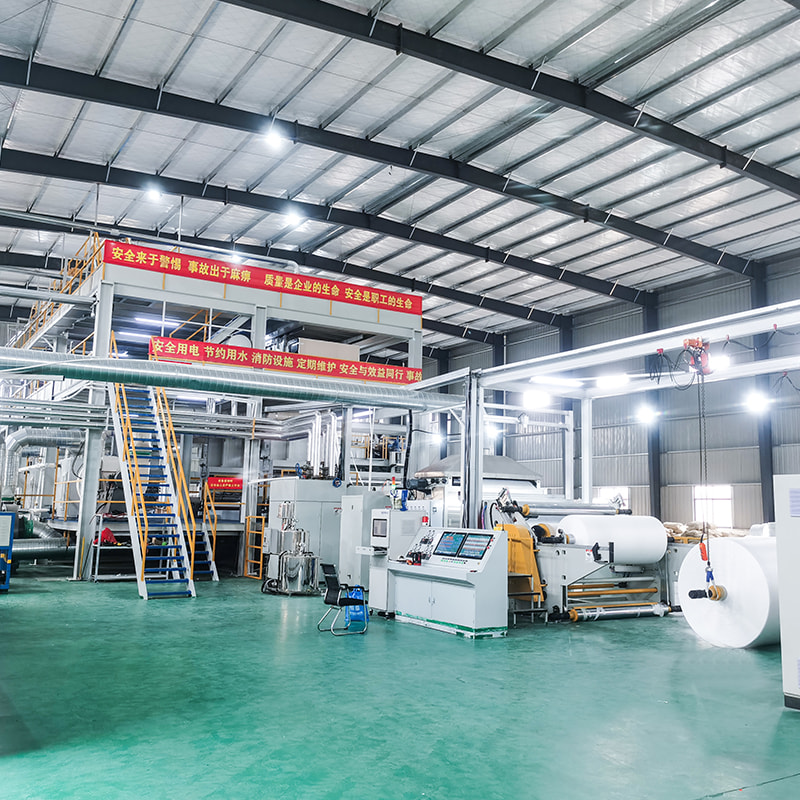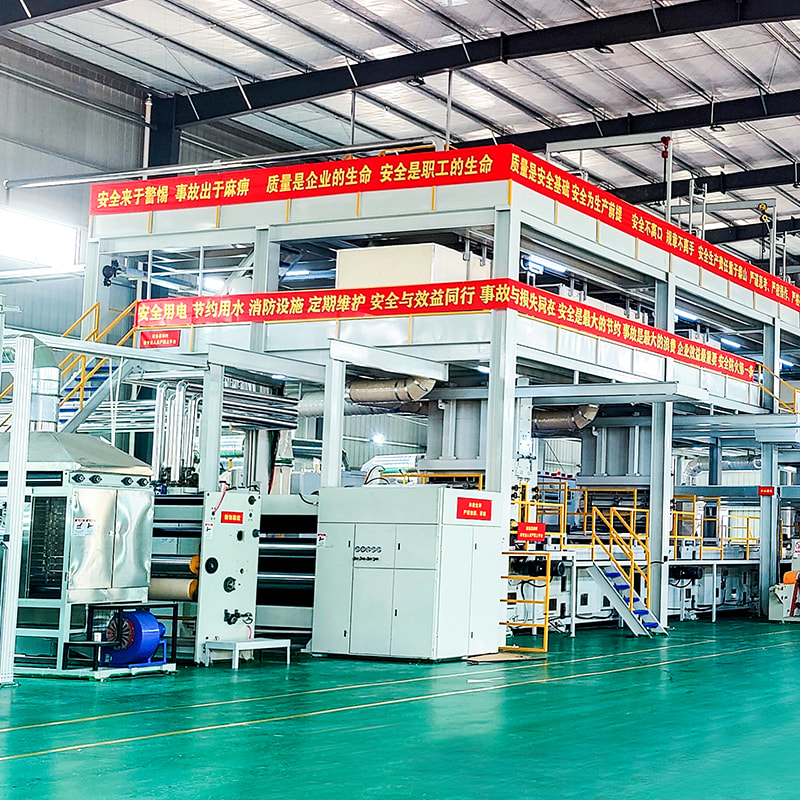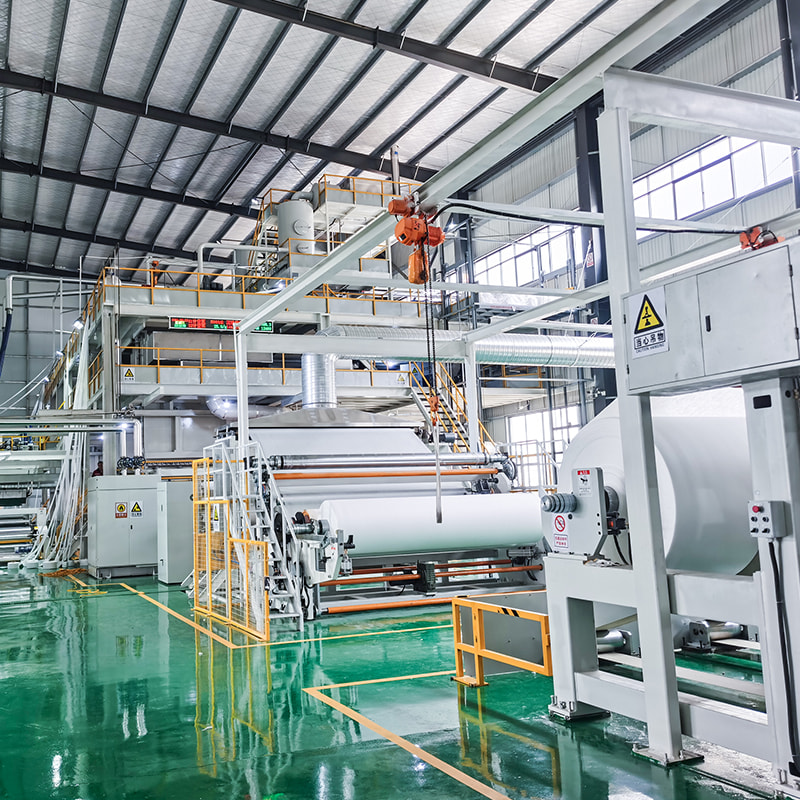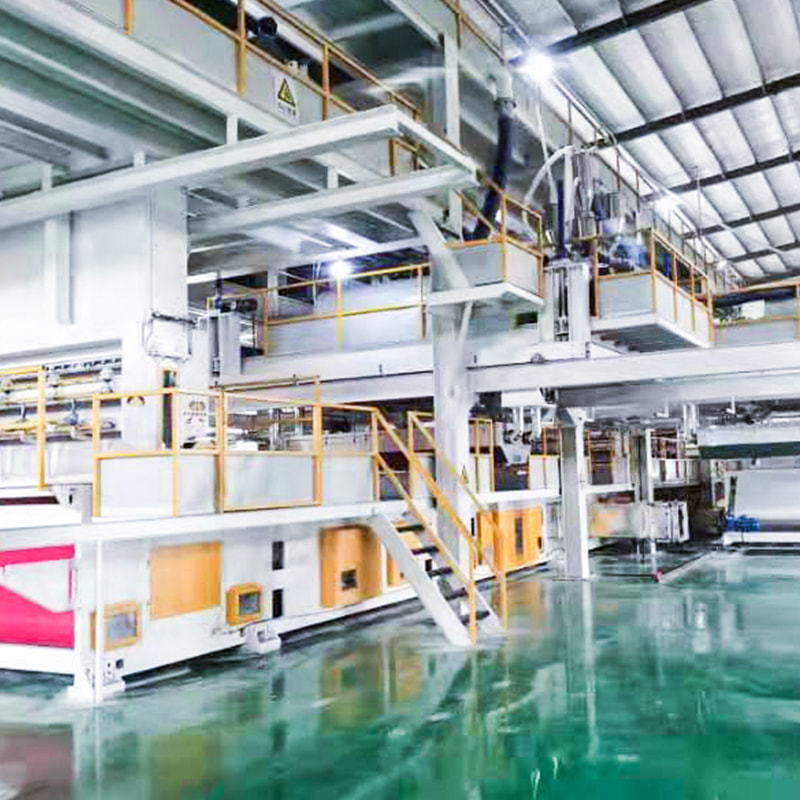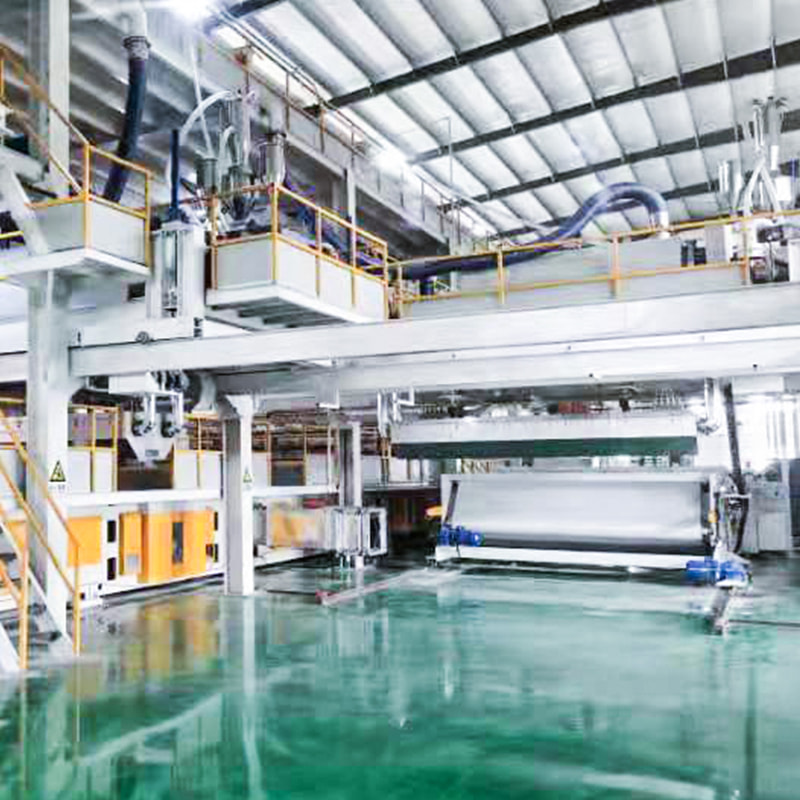What are the maintenance requirements for products made with PP spunbonded nonwoven fabric?
Polypropylene (PP) spunbond nonwoven fabric has become a versatile material used in a wide range of products, including medical supplies, hygiene products, agricultural covers, and packaging materials. While known for its durability and low-maintenance nature, proper care is still essential to ensure the longevity and performance of products made with PP spunbonded nonwoven fabric.
One of the primary maintenance tasks for products made with PP spunbond nonwoven fabric is regular cleaning. Depending on the product's use and exposure to dirt or stains, periodic cleaning may be required to maintain its appearance and functionality. For general cleaning, mild soap and water can be used to gently remove surface dirt or stains. However, it's crucial to avoid using harsh chemicals or solvents that could potentially damage or degrade the fabric over time. Proper storage is key to preserving the integrity of products made with PP spunbond nonwoven fabric. Store these items in a clean, dry environment away from direct sunlight, moisture, and extreme temperatures. Exposure to moisture or prolonged sunlight can cause the fabric to degrade or discolor over time. Additionally, storing products in airtight containers or sealed bags can help protect them from dust and other contaminants.
Proper storage is key to preserving the integrity of products made with PP spunbond nonwoven fabric. Store these items in a clean, dry environment away from direct sunlight, moisture, and extreme temperatures. Exposure to moisture or prolonged sunlight can cause the fabric to degrade or discolor over time. Additionally, storing products in airtight containers or sealed bags can help protect them from dust and other contaminants.
While PP spunbond nonwoven fabric is known for its durability, it can still be susceptible to damage from sharp objects. Take care to avoid contact with sharp or abrasive items that could puncture or tear the fabric. When handling or storing products made with PP spunbond nonwoven fabric, ensure they are kept away from any potential hazards to prevent accidental damage.
Periodically inspect products made with PP spunbond nonwoven fabric for any signs of wear and tear. Check for fraying edges, weakening seams, or any other damage that may compromise the product's integrity. Addressing any issues promptly can help prevent further damage and prolong the lifespan of the item.
Lastly, it's essential to follow any specific care instructions provided by the manufacturer. If the product comes with care guidelines or recommendations, be sure to adhere to them closely to ensure proper maintenance and care. These instructions may include specific cleaning methods, storage recommendations, or other tips for preserving the fabric's quality and performance.
One of the primary maintenance tasks for products made with PP spunbond nonwoven fabric is regular cleaning. Depending on the product's use and exposure to dirt or stains, periodic cleaning may be required to maintain its appearance and functionality. For general cleaning, mild soap and water can be used to gently remove surface dirt or stains. However, it's crucial to avoid using harsh chemicals or solvents that could potentially damage or degrade the fabric over time.

While PP spunbond nonwoven fabric is known for its durability, it can still be susceptible to damage from sharp objects. Take care to avoid contact with sharp or abrasive items that could puncture or tear the fabric. When handling or storing products made with PP spunbond nonwoven fabric, ensure they are kept away from any potential hazards to prevent accidental damage.
Periodically inspect products made with PP spunbond nonwoven fabric for any signs of wear and tear. Check for fraying edges, weakening seams, or any other damage that may compromise the product's integrity. Addressing any issues promptly can help prevent further damage and prolong the lifespan of the item.
Lastly, it's essential to follow any specific care instructions provided by the manufacturer. If the product comes with care guidelines or recommendations, be sure to adhere to them closely to ensure proper maintenance and care. These instructions may include specific cleaning methods, storage recommendations, or other tips for preserving the fabric's quality and performance.


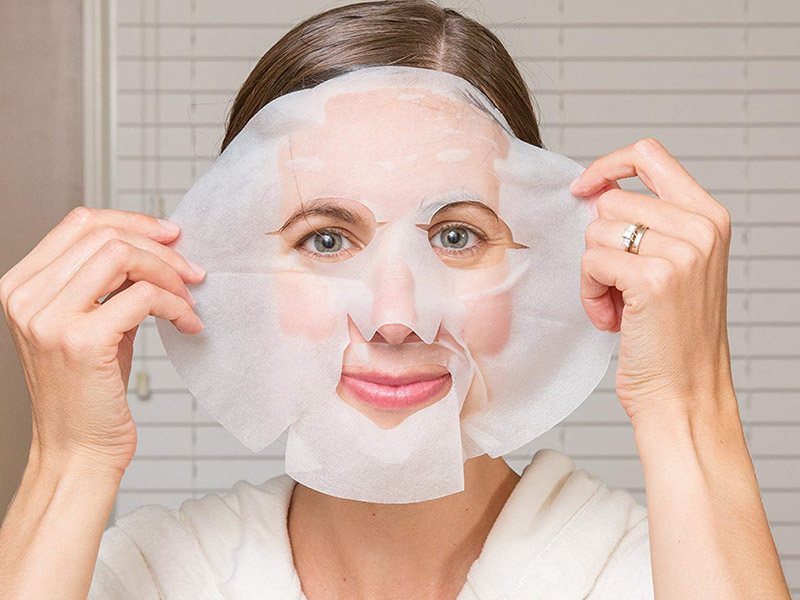
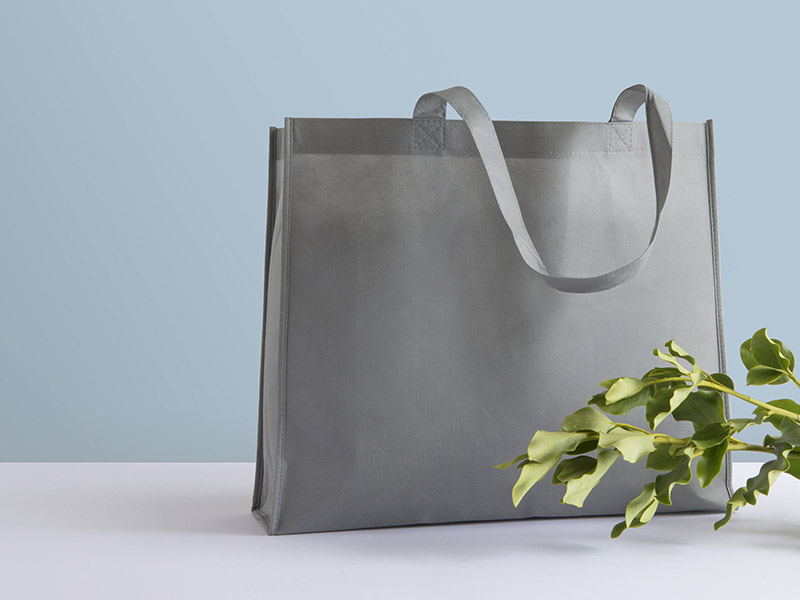
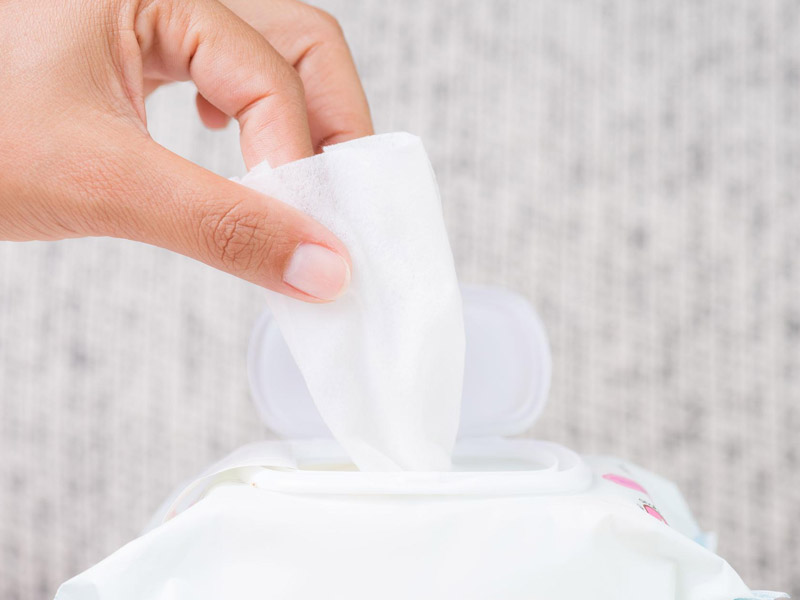
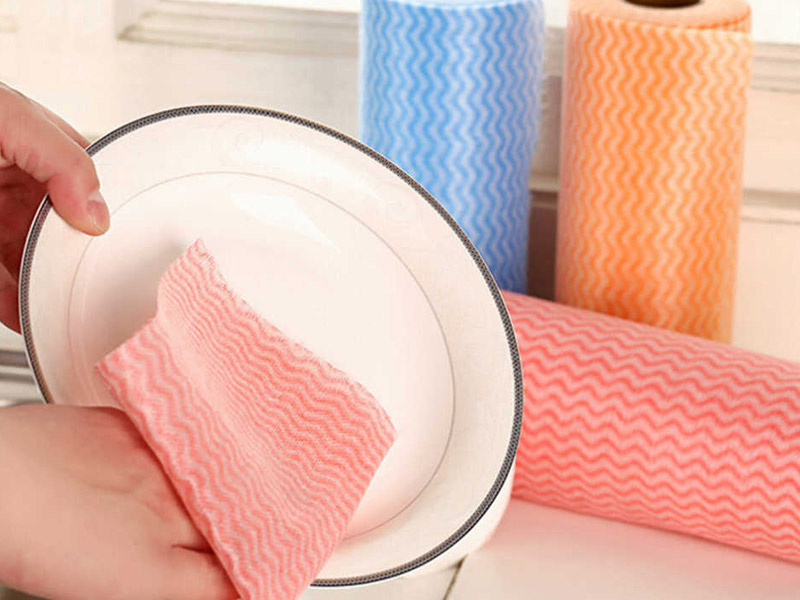
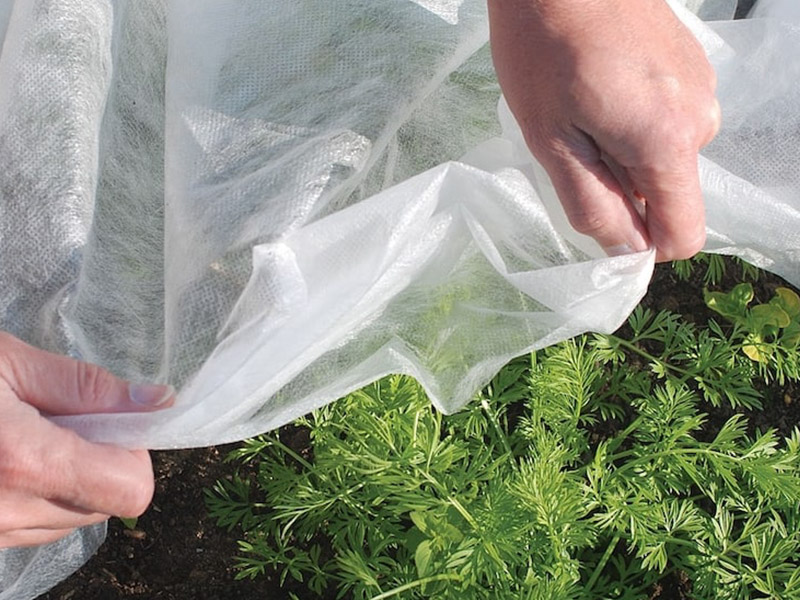
 English
English 中文简体
中文简体 русский
русский عربى
عربى